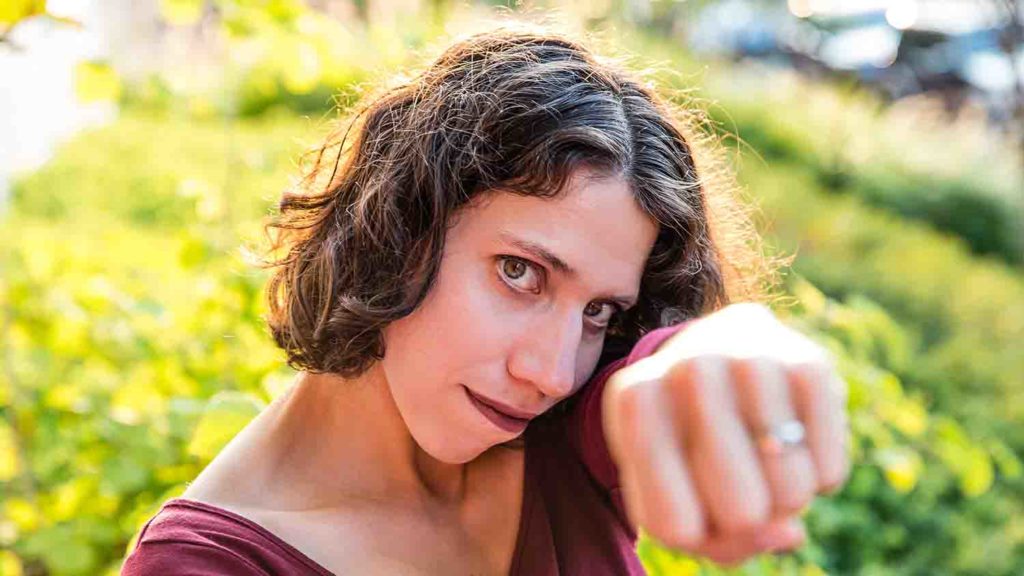An accomplished science writer and podcast host, Bethany Brookshire is spending the 2019-2020 academic year at MIT as a Knight Science Journalism Fellow, studying human-animal interactions at the urban and suburban interface. And it all began a decade ago, as she tells it, with a surreptitious lunchtime excursion.
Donald Ingber, on Getting Research Out of the Lab and Into the World
Ingber started the non-profit Wyss Institute 10 years ago with the single largest gift in Harvard’s history — $125 million dollars. A decade later, the funding, and the technological innovation, continue to flow.
“If You’re Learning, You’re Doing it Wrong”: Behind the Scenes at The Story Collider
To take the stage at The Story Collider, a live storytelling show that consists of “true, personal stories about science,” you don’t need to be a scientist — or even a storyteller. Katherine Wu, co-producer of The Story Collider’s Boston shows, explains you just need to have been affected in some way by science.
With “Superbugs,” Matt McCarthy Explores the Human Side of Clinical Trials
The physician spoke to KSJ fellows about the ethical challenges of writing his third book, a look behind the scenes of a clinical drug trial.


 "
" "
" "
" "
"